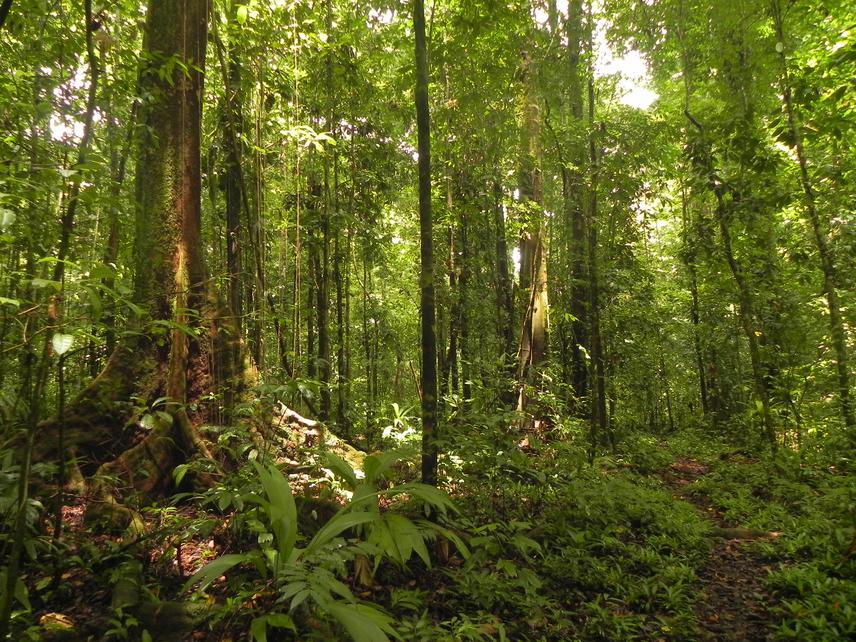Raquel Bone Guzman
My main objective is to determine how human and landscape factors (agricultural monocultures, hotels, roads, deforestation, rivers, among others) affect the distribution of endangered terrestrial mammal species present in the GDFR. The landscape analysis will help to establish a baseline of the minimum habitat conditions required for the persistence of these ecological indicators. I will contribute with guidelines for management and conservation actions for a long-term use, in order to determine if this Protected Area is accomplishing its biological corridor and wildlife conservation goals. For this, I will elaborate a terrestrial mammal monitoring protocol in coordination with local PA authorities (SINAC), including a guide on how to select sampling sites for camera traps and standardize sheets for collecting data. Also, I will work in collaboration of landowners, neighbouring communities and students in the monitoring process. Based on the findings, I will recommend, in community talks, punctual actions to improve sustainable management practices.

Forest from the Osa Peninsula, Costa Rica. ©RB.
The Protected Areas (PA) main goal is to conserve ecosystems and species biodiversity, confronting the increasing habitat loss and fragmentation. However, questions regarding the achievement of this conservation objective have been raised, including critics of the elevated budget needed for their right performance. In addition, there is a growing pressure on natural resources and the land kept inside PA. The study of a Forest Reserve, a PA category where wildlife and anthropogenic activities coexist, is ideal to determine the effect of human-dominated landscapes on biodiversity conservation. The Osa region, at Southern Pacific Costa Rica, is known to be a high biodiversity spot and, at the same time, a much endangered one. Threats confronted here include illegal mining, hunt, logging and a continuous growth in touristic development. Simultaneously, many vulnerable terrestrial mammals, like large/medium-sized herbivores and predators, still occurring here. For their ecological role and needs, which include extensive and good quality habitats, these organisms are a reliable indicator of a site’s conservation status.
This is why I am so interested in studying the level of habitat modification that can be allowed in equilibrium with the wildlife conservation objective of the Golfo Dulce Forest Reserve (GDFR), located at the Osa Peninsula. This project will underlie a continuous mammal monitoring program through camera traps to first, determine which terrestrial mammal species are present by now –and their spatial variation related with landscape factors– at the GDFR. Then, it will establish a baseline of each focal species occurrence, in order to evaluate the effectiveness of the GDFR general management plan through time. Besides, I will recommend to decision makers and neighbouring communities, land management improvements to promote wildlife protection. My work will be done in collaboration with the National System of Conservation Areas (SINAC) from Osa (ACOSA), landowners, neighbouring communities and students.